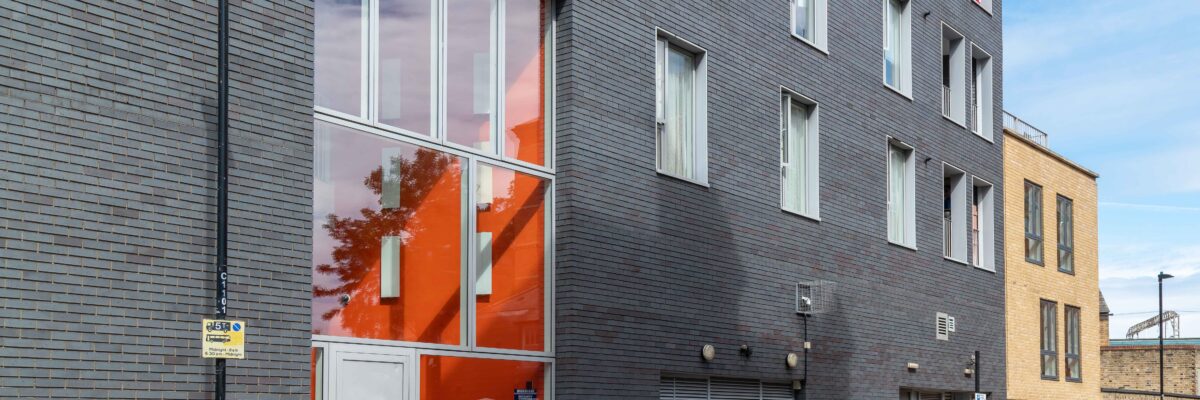Better mortgage deals are being offered to buy-to-let investors, with
one lender now providing mortgages of up to 85 per cent of a property’s
value – the highest loan to value available to landlords since the
credit crunch.
The move comes as more high street lenders look to enter the buy-to-let
market, which could see competition in the sector increase and provide
more choice for property investors.
Yorkshire Building Society said this week that it was considering
offering buy-to-let mortgages this year. Santander has also expressed an
interest in entering the market for non-professional landlords.
“Following our merger with Chelsea Building Society, we have an existing
buy-to-let mortgage book,” explains a spokeswoman for Yorkshire Building
Society. “We are currently working on the possibility of pursuing new
lending in this area.”
This has been welcomed as a positive move for a market that was badly
hit by the credit crunch, with lenders pulling out of the sector and the
number of products for landlords plummeting.
Now the availability of finance for buy-to-let properties is improving –
at a time when the prospects for buy-to-let investment look increasingly
attractive. With rents rising sharply over the past year on the back of
growing demand, experts believe this could be a good time to invest for
the long term.
But there are still very few options for buy-to-let investors with a
deposit of 20 per cent or less. According to Nigel Bedford of
Largemortgageloans.com, only three lenders – The Mortgage Works (TMW),
Clydesdale Bank and Kensington – offer up to 80 per cent of a property’s
value.
Kensington is only offering one product at 85 per cent loan to value: a
two-year fixed-rate mortgage at 5.99 per cent, with a 2.50 per cent fee.
It has relaxed its rental cover requirement – the annual rent as a
percentage of annual interest repayments – from 125 per cent to 120 per
cent.
“It has to be a welcome addition to the current range of buy-to-let
products on the market and opens up options for those keen to invest
without making such a big capital outlay required of many lenders,” says
David Hollingworth of London & Country, the mortgage brokers.
However, mortgage brokers warned that the new deal would not be suitable
for all buy-to-let investors.
In order for an investor to borrow the full 85 per cent, a property
would have to yield in excess of 6.1 per cent, Bedford says. Rental
properties in London are unlikely to achieve a yield as high as this.
However, experts say landlords with properties in cities such as
Nottingham, Liverpool and Manchester, where yields can be 6-9 per cent,
will find the deal very attractive.
Landlords will also need to watch out for the high reversion rate at the
end of the mortgage period, says Melanie Bien of Private Finance. Under
Kensington’s terms, borrowers will move on to a variable rate of 5 per
cent over Libor – the rate at which banks lend to each other – which
would currently give a rate of 5.75 per cent.



